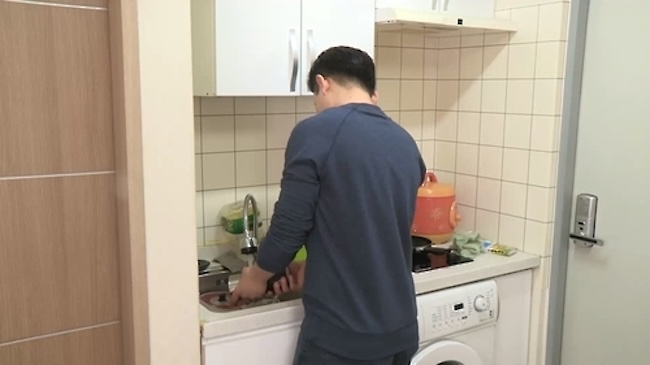SEOUL, Apr. 25 (Korea Bizwire) – Nine out of every 10 new jobs created in South Korea last year went to women, reflecting their growing entry into the workforce, government data shows.
The trend has led to a surge in the number of stay-at-home fathers, which exceeded 200,000 for the first time in 2023.
An analysis of workforce survey data by the Korea Enterprises Federation revealed three key patterns in the country’s job market recently: a spike in female employment, an increase in part-time workers and sluggish youth hiring.
South Korea added 327,000 employed workers last year, and women accounted for 303,000 of those new jobs, or 92.7 percent. The disparity was even starker in March of this year when women made up 103.5 percent of total employment gains — their ranks swelled by 179,000 while male employment dropped by 7,000.
The rise has been led by highly educated women in their 30s. Married women scored nearly 70 percent of last year’s employment growth for females, a phenomenon the Federation of Korean Industries (FKI) attributed to the “added worker effect,” where wives increase their labor supply when their husbands’ job prospects worsen.
The number of stay-at-home fathers, or men devoting themselves full time to household duties, reached 218,000 in 2023.
Alongside more women joining the workforce, South Korea is also seeing a rapid increase in part-time employment, fueled by the implementation of a 52-hour maximum workweek, diversification of work arrangements and the growth of dual-income households.
Last year, 1.26 million people were employed for less than 15 hours per week — an all-time high, with women making up 67.9 percent.
In stark contrast, youth employment has been on a worrying decline, with the number of employed 15- to 29-year-olds shrinking for 17 consecutive months since November 2022, primarily due to population decreases.
Analysts note young jobseekers are also increasingly inclined to extend their job searches rather than lowering expectations.
The average period for university graduates to land their first job has lengthened from 7.7 months in 2021 to 8.2 months last year. The FKI warned that lengthy stretches of inactivity risk diminished career prospects and social isolation for youth.
“Stronger support enabling women to balance work and family life — through measures like expanding flexible work arrangements, fostering a culture of parental leave usage, and establishing more daycare centers near residential areas — must go hand-in-hand with efforts to boost declining birthrates,” said Kim Seon-ae, who heads the FKI’s employment policy team.
M. H. Lee (mhlee@koreabizwire.com)







